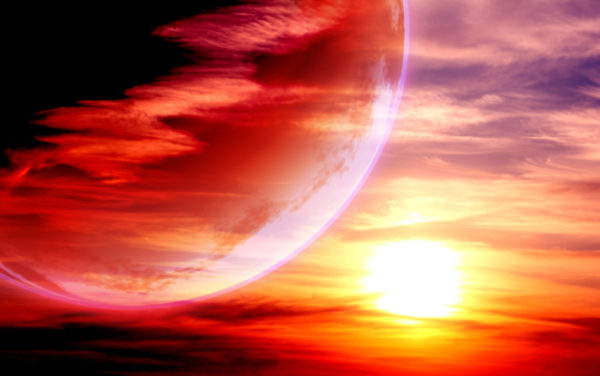Fiery rose and peach sunset skies are a unique perk of our home on Earth. But what colors appear when the sun sets on other planets in the solar system?
The answer depends on the planet. On Mars, the sun comes and goes with a blue glow. On Uranus, the sunset sky transitions from blue to turquoise, according to NASA. And on Titan, one of Saturn’s moons, the sky turns from yellow to orange to brown as the sun dips beneath the horizon.
Sunset colors aren’t uniform because, in large part, these hues are a product of each planet’s atmosphere and how the particles in it scatter sunlight, according to Kurt Ehler, a professor of mathematics at Truckee Community College in Reno, Nevada, and lead author of a 2014 paper in the journal Applied Optics that investigated why the Martian sunset appears blue.
“It’s tricky,” Ehler told Live Science. “Everyone had a preconceived notion that the mechanism [for sunsets] is a replication of what we see on Earth.” But that’s not the case.



